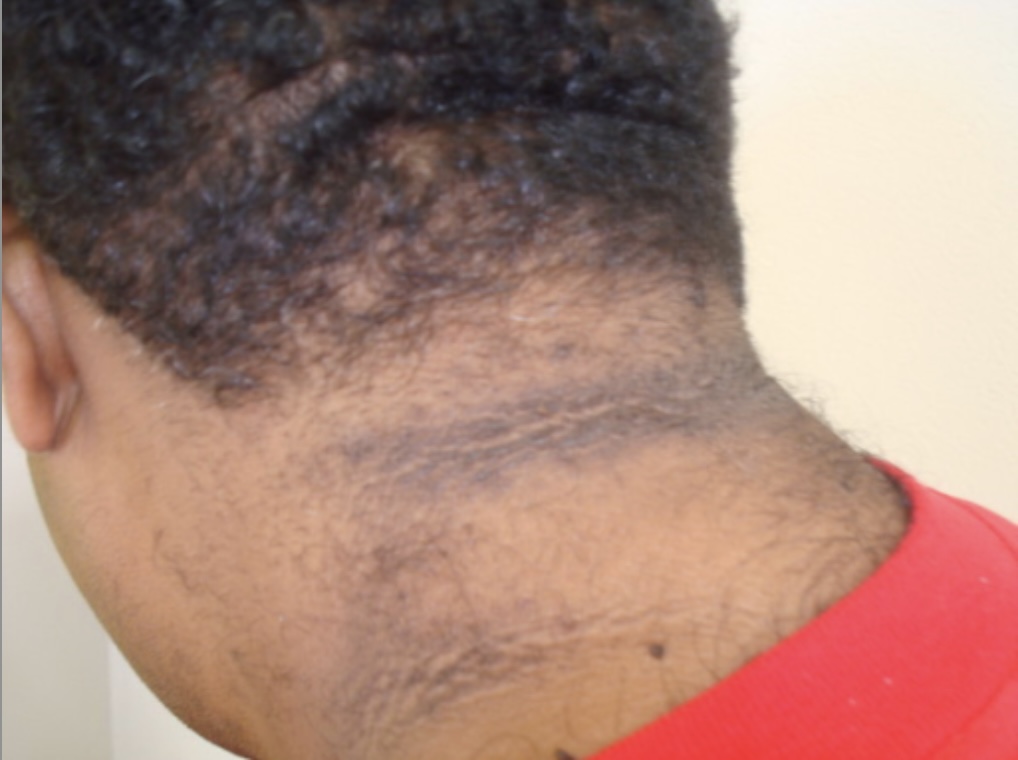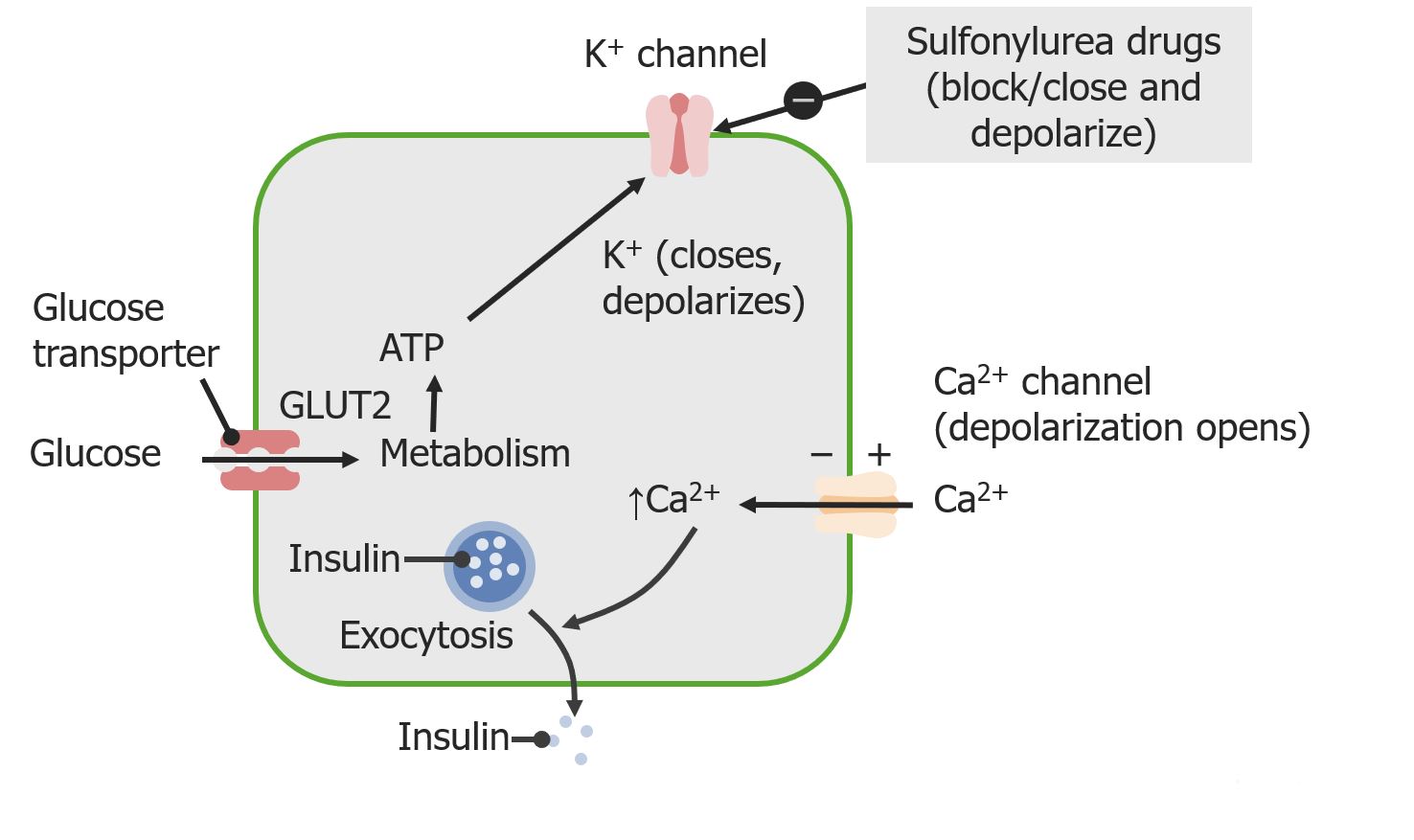Playlist
Show Playlist
Hide Playlist
Diabetic Retinopathy (Diabetic Eye Disease) – Diabetes Complications
-
Slides AcuteChronicDiabetesComplications EndocrinePathology.pdf
-
Reference List Pathology.pdf
-
Download Lecture Overview
00:02 Let’s go into each one of these chronic complications in greater detail. 00:07 The topic here, if the diabetes is not controlled properly, which is unfortunately a leading cause of blindness in adults in the United States is diabetic retinopathy; leading cause of renal failure in the United States, diabetic nephropathy. 00:23 You want to make sure you know everything about these two major chronic, chronic complications. 00:30 Remember the chronic complications of type 2 diabetes will take a little bit longer, but nonetheless could very well occur, unfortunately does in a type 1 diabetic. 00:41 You still would call this chronic complication, but things have been accelerated quite a bit because of the variability of insulin control. 00:51 Usually asymptomatic and that is what makes it so scary. 00:55 So, you have a patient who is coming in obese, family history of diabetes, what is your next step in management? Well, everything seems to be checking out, but make sure that you are properly referring your patient to get an eye check for sure, optometrist at least; ophthalmologist whatever, point being is that eye check. 01:20 You are checking for cataracts and more importantly, you are checking for diabetic retinopathy because this will then cause especially if the retina is being detached, the retina becomes detached, that’s it, permanent blindness, permanent blindness. 01:36 Annual ophthalmology screening starting 5 years after type 1 diabetes and shortly after initial type 2 diabetes mellitus diagnosis has been made, no joke, because the patient doesn’t know any better; asymptomatic on top of that, you need to be vigilant. 01:54 Treat it with laser, photocoagulation to prevent visual loss. 01:58 Literally, we want to make you do everything in your power to obliterate some of the blood vessels that have been damaged and make sure that you are constantly checking for retinal detachment. 02:09 So, what is happening within the capillaries here so you do a fundoscopic examination, you have-you have done one before and you are looking at the optic disc and sunburst appearance, you see the retinal blood vessels, it look orangish and all of a sudden, you see cotton wool spots, all of a sudden you see dot blot hemorrhages. 02:32 You know what I am referring, don’t you? Dot blot hemorrhages, meaning to say that you have micro aneurisms and it ruptured maybe due to non osmotic glycolation in there, you with me? Hmm, you see such changes that are taking place within your retinal blood vessel. 02:47 In addition, you start seeing areas in the retina with neovascularization and that looks like tortuous blood vessels in your fundoscopic examination, whoa, now we are getting even worse, oh my goodness, because now these angiogenesis that is taking place with the tortured blood vessels because now remember, if one capillary has been blocked then another capillary is being formed, right, both of new blood vessels. 03:10 The body doesn’t know any better, it is trying to compensate for what has been damaged. 03:15 So, what it is going to do as new blood vessels are being formed unbeknownst to the capillary, it is going to pull the retina off from the retinal pigment epithelium. 03:26 Welcome to retinal detachment. 03:28 Photocoagulation, big deal. 03:31 May see transient exacerbation during first year of intensive insulin therapy and perhaps even during pregnancy. 03:39 Talk about the classification of retinopathy. 03:44 First, non proliferative, still scary, you find micro aneurisms; this does not mean we have hemorrhage yet, but if it ruptures, you find dot blot hemorrhages. 03:57 If you do a fundoscopic examination and you find areas on the retina which kind of look like they are white, they are called cotton wool spots. 04:06 This then represents infarction, may result in the nerves being damaged, there might be intraretinal hemorrhage, occluded, dilated, tortuous vessels; nonproliferative so far. 04:20 This is not what is going to lead blindness, but my goodness, we are getting there. 04:25 Next classification, proliferative, who is proliferating? The new blood vessels, this is called neovascularization and if you find new blood vessels with the help of VEGF, vascular endothelial growth factor, and they might ask you a question from pharmacology about VGEF inhibitor such as Bevacizumab. 04:45 Theoretically, sounds great because then you inhibit the neovascularization and therefore, perhaps prevent the retinal detachment. 04:54 There is pre-retinal and vitreous hemorrhage, subsequent fibrosis and tractional retinal detachment, tractional, literally traction of pulling the retina off. 05:03 Now, macular edema, retinal thickening, edema involving the macula. 05:09 Can you think… Can you-Can you picture what the macula looks like? The dark area, you have heard of the fovea and such, can occur during nonproliferative or proliferative retinopathy. 05:19 Definitely know the difference between proliferative and nonproliferative; proliferative one step closer to absolute retinal detachment and permanent blindness. 05:26 Let’s go ahead and take a look at the fundoscopic examination diabetic retinopathy. 05:31 On your left is nonproliferative. 05:33 The areas in which you find a little bit of reddening that, in fact, will be retinal hemorrhages and the area that has been pointed out as being this little white or cotton wool spots, nonproliferative versus what you see on the right. 05:49 The optic disc seems to be compromised, can’t visualize it as clearly as you would like, that’s because of proliferation, it is proliferative and that looks like spider web, doesn’t it? That’s a non… that’s neovascularization. 06:06 Compare that to what you see on the left. 06:08 On the left, the optic disc kind of looks like the sun, bright; it’s what looks like for the most part being a little bit more normal, but on the right, my goodness, that’s neovascularization, do you see the difference? That’s what you call the proliferative and if you have such neovascularization taking place and enough damage with fibrosis and traction, you might be pulling off the retina.
About the Lecture
The lecture Diabetic Retinopathy (Diabetic Eye Disease) – Diabetes Complications by Carlo Raj, MD is from the course Pancreatic Disease and Diabetes.
Included Quiz Questions
How often should T1DM patients be screened for diabetic retinopathy?
- Annually by an ophthalmologist starting five years after a diabetes diagnosis
- Every 5 years starting five years after a diabetes diagnosis
- Annually by a primary care provider and every 5 years by an ophthalmologist
- At least twice a year after diagnosis
- Every 2 years by a primary care provider starting five years after a diabetes diagnosis
What is NOT a cause of concern for diabetic retinopathy?
- Orbital pain
- Cotton wool spots
- Dot-blot hemorrhages
- Neovascularization
- Microaneurysms
What is an intervention used to prevent blindness in diabetic retinopathy?
- Photocoagulation
- Carbonic anhydrase inhibitor
- Laser eye surgery
- Cataract removal
- Exogenous VEGF
What is not a characteristic of proliferative diabetic retinopathy?
- Cotton wool spots
- Neovascularization
- Vitreous hemorrhage
- Fibrosis
- Macular edema
Customer reviews
5,0 of 5 stars
| 5 Stars |
|
5 |
| 4 Stars |
|
0 |
| 3 Stars |
|
0 |
| 2 Stars |
|
0 |
| 1 Star |
|
0 |






